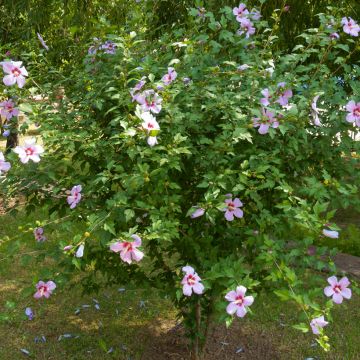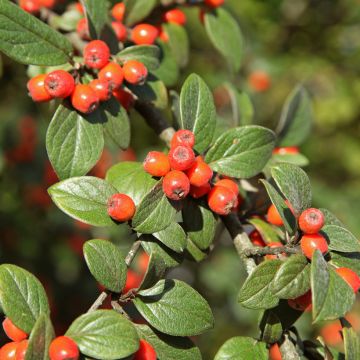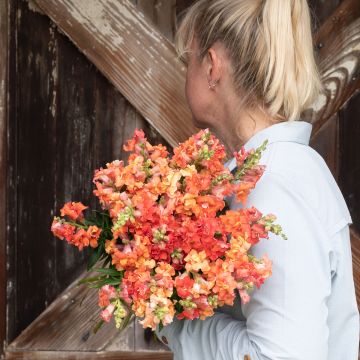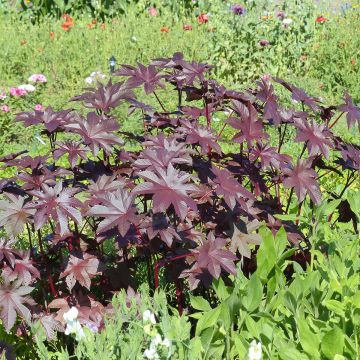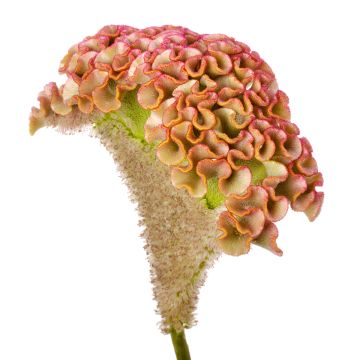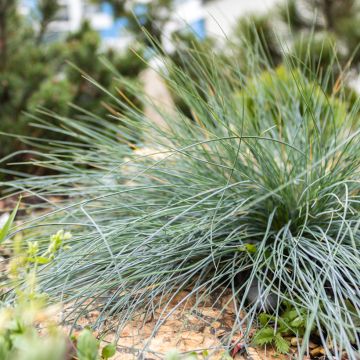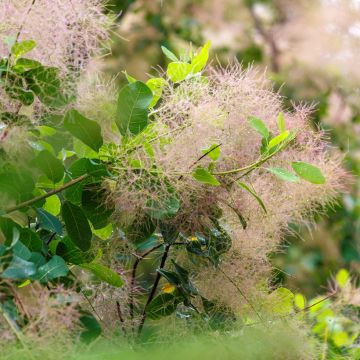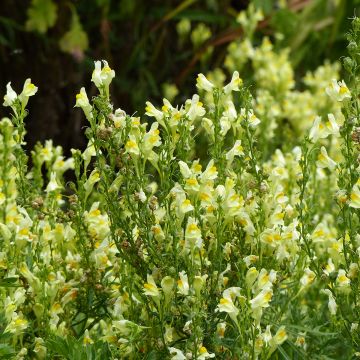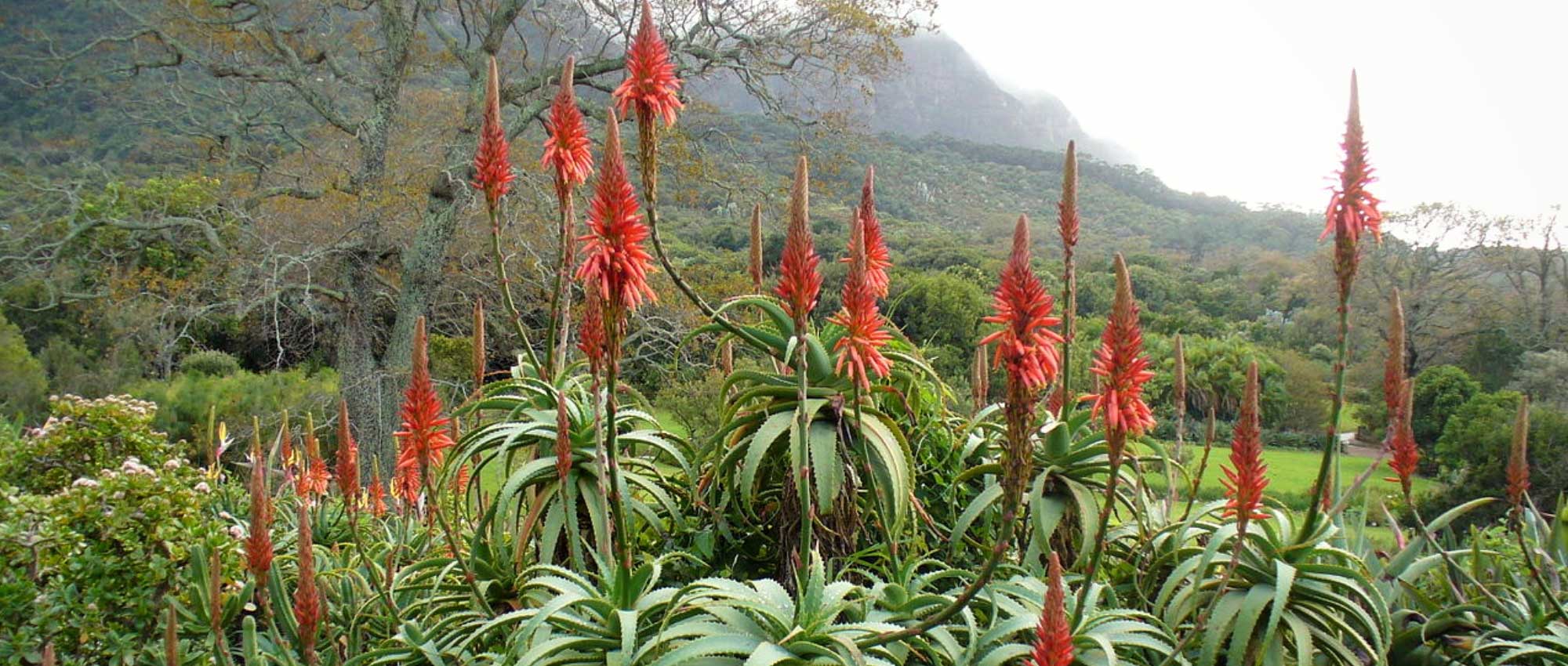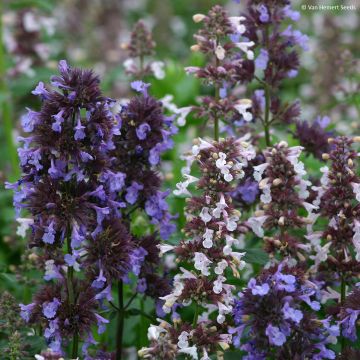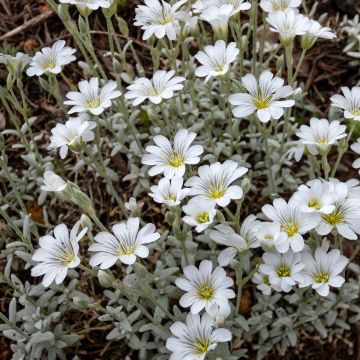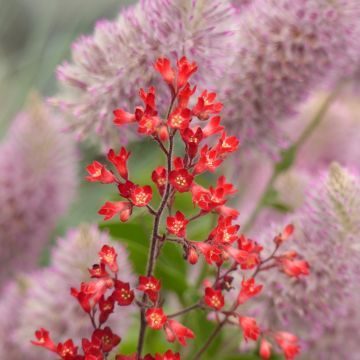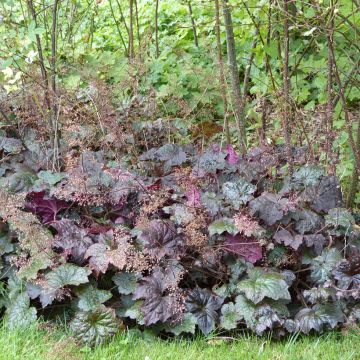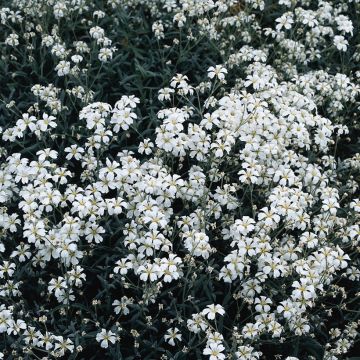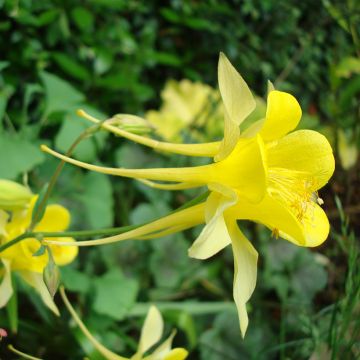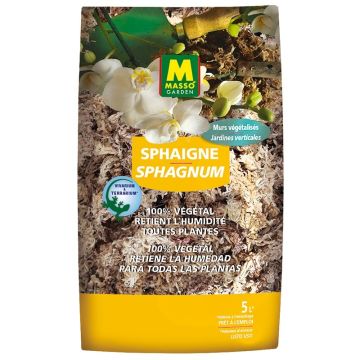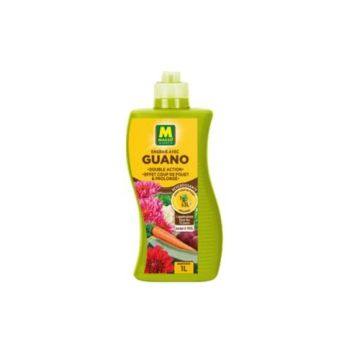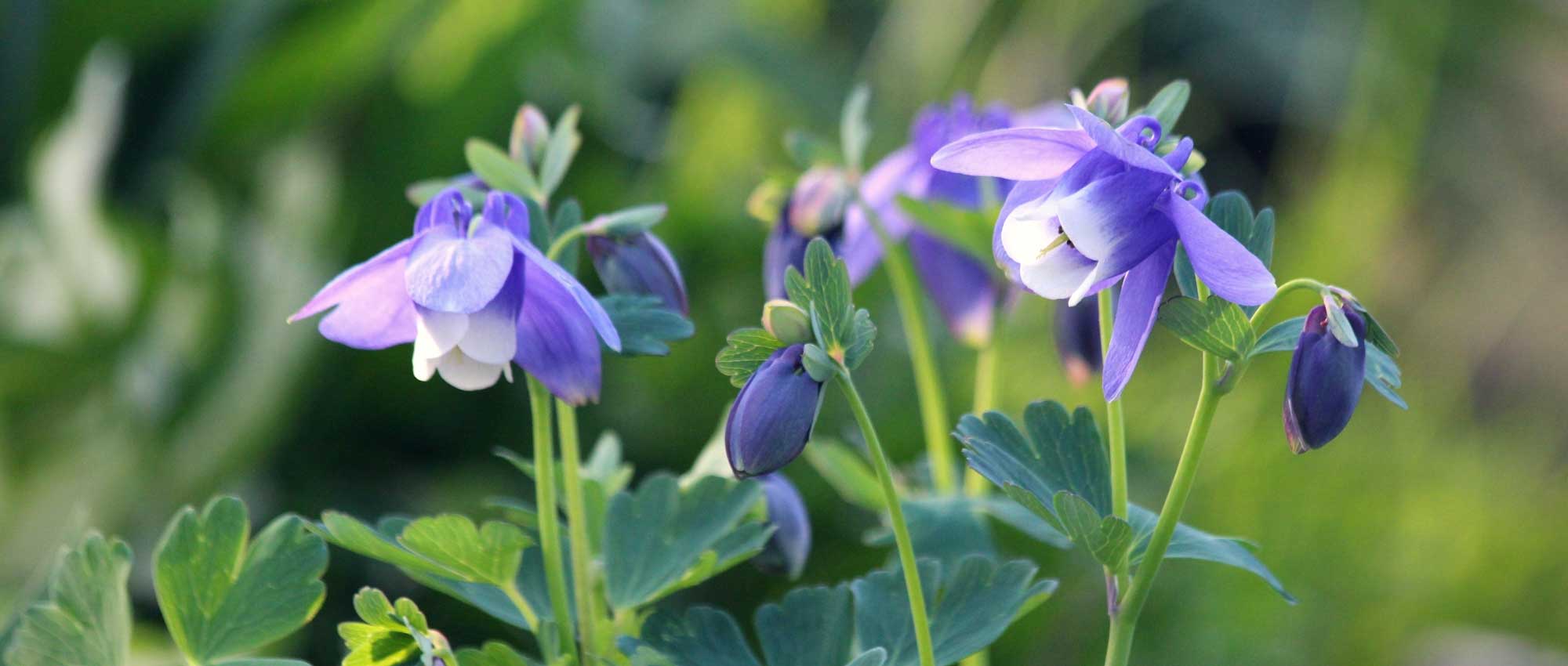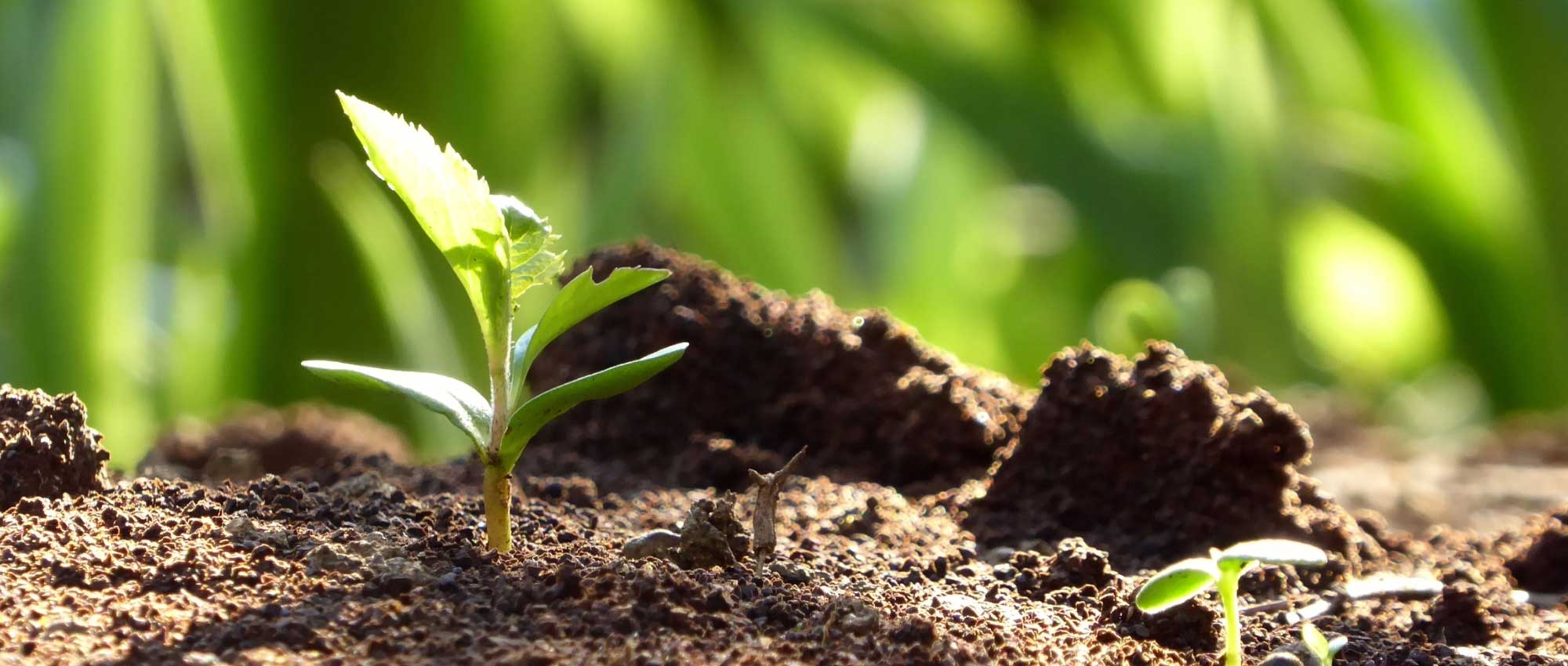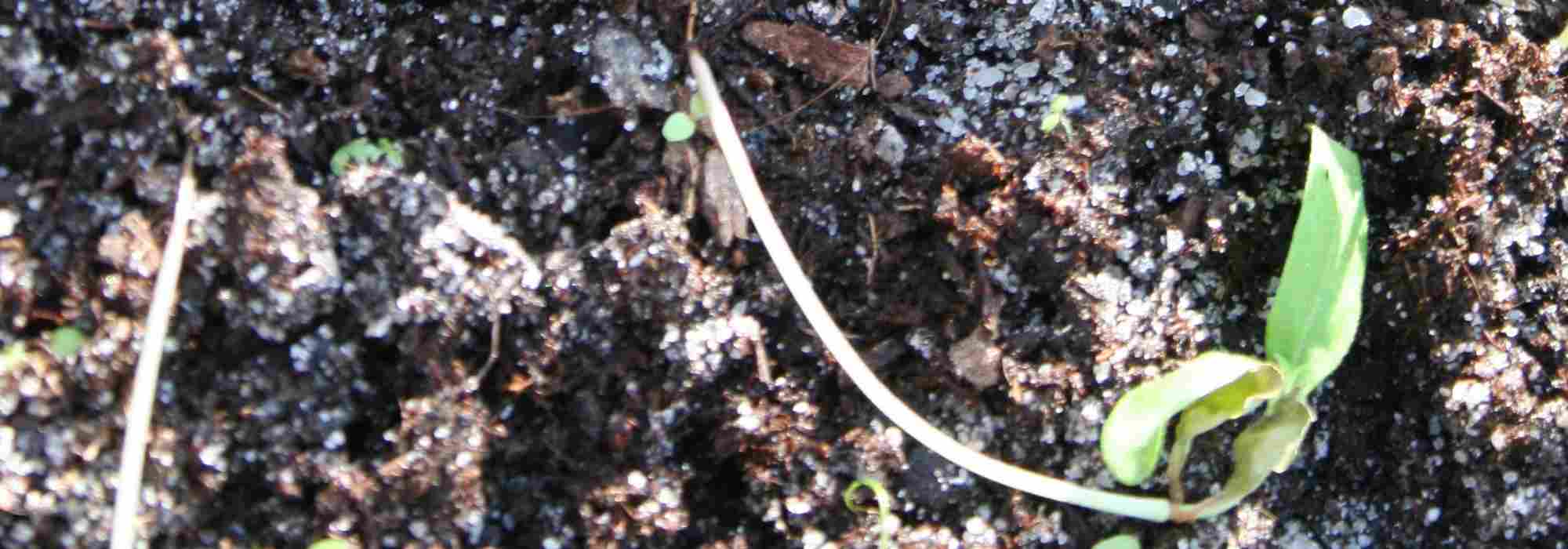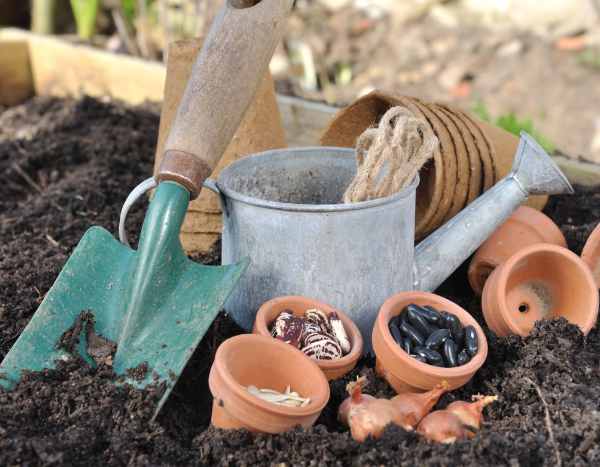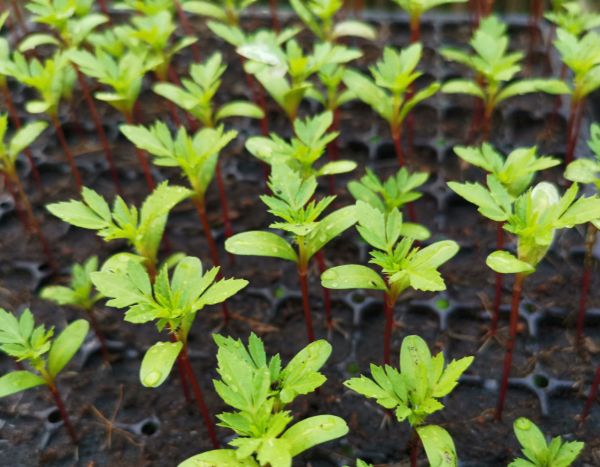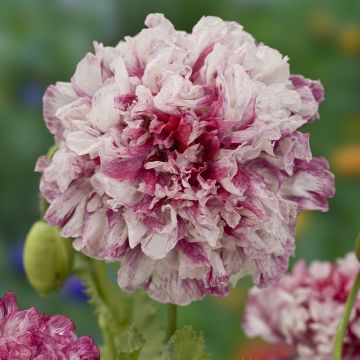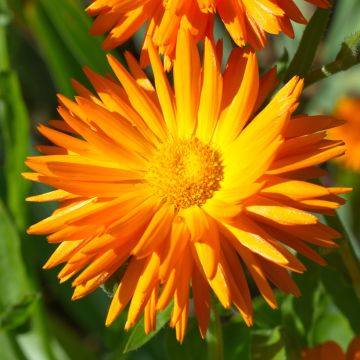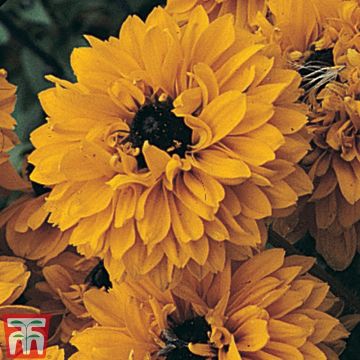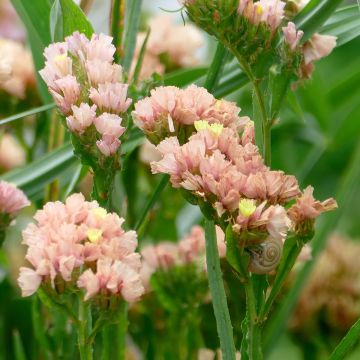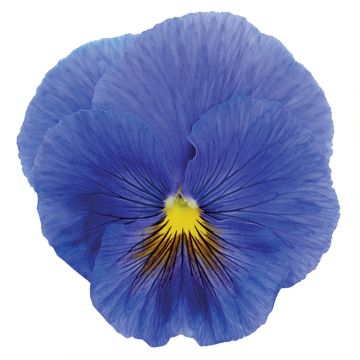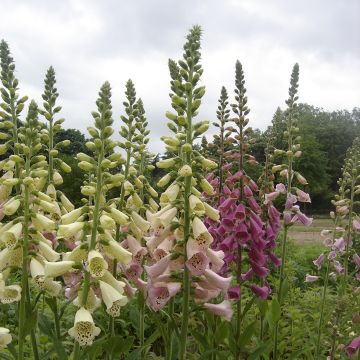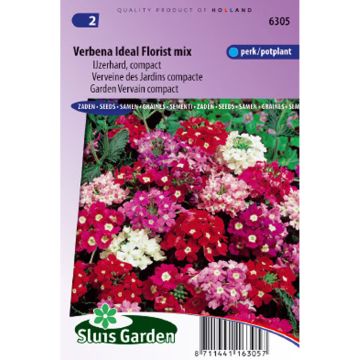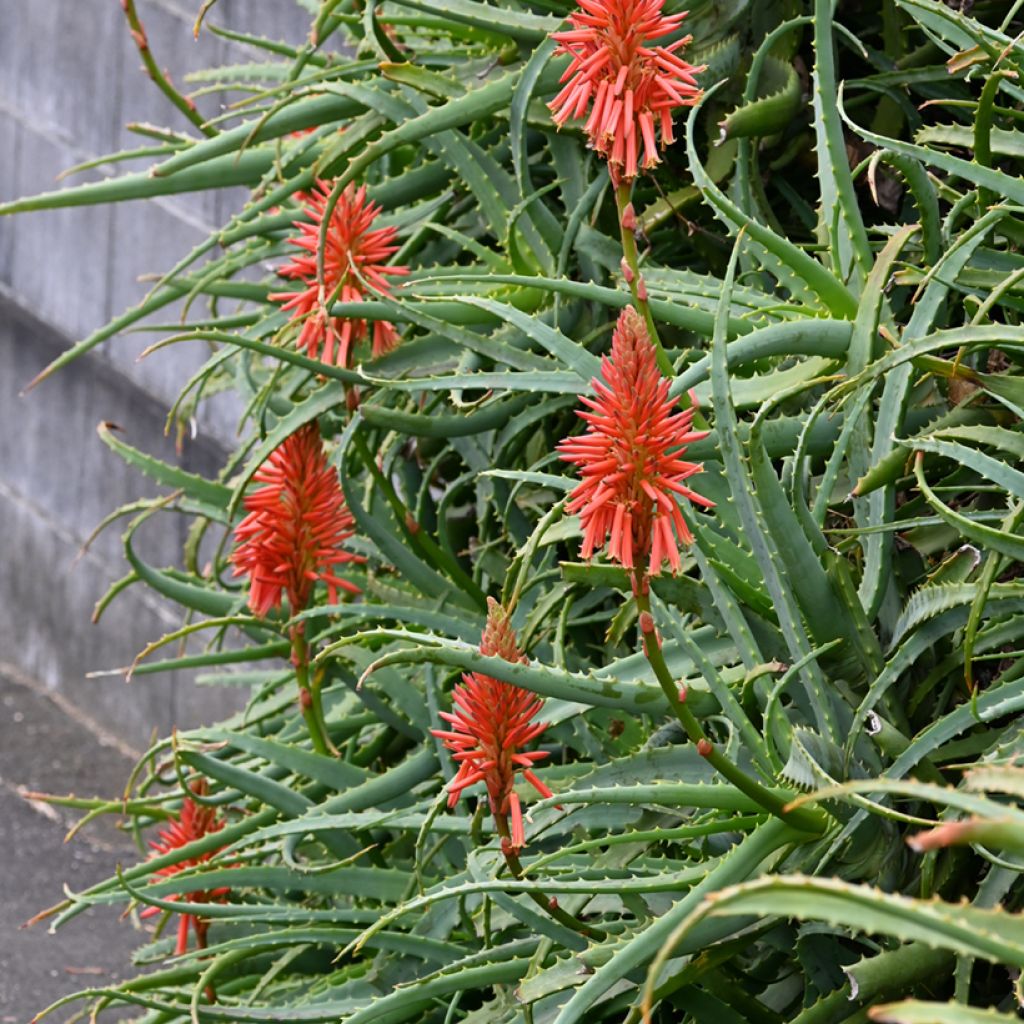

Aloe arborescens seeds
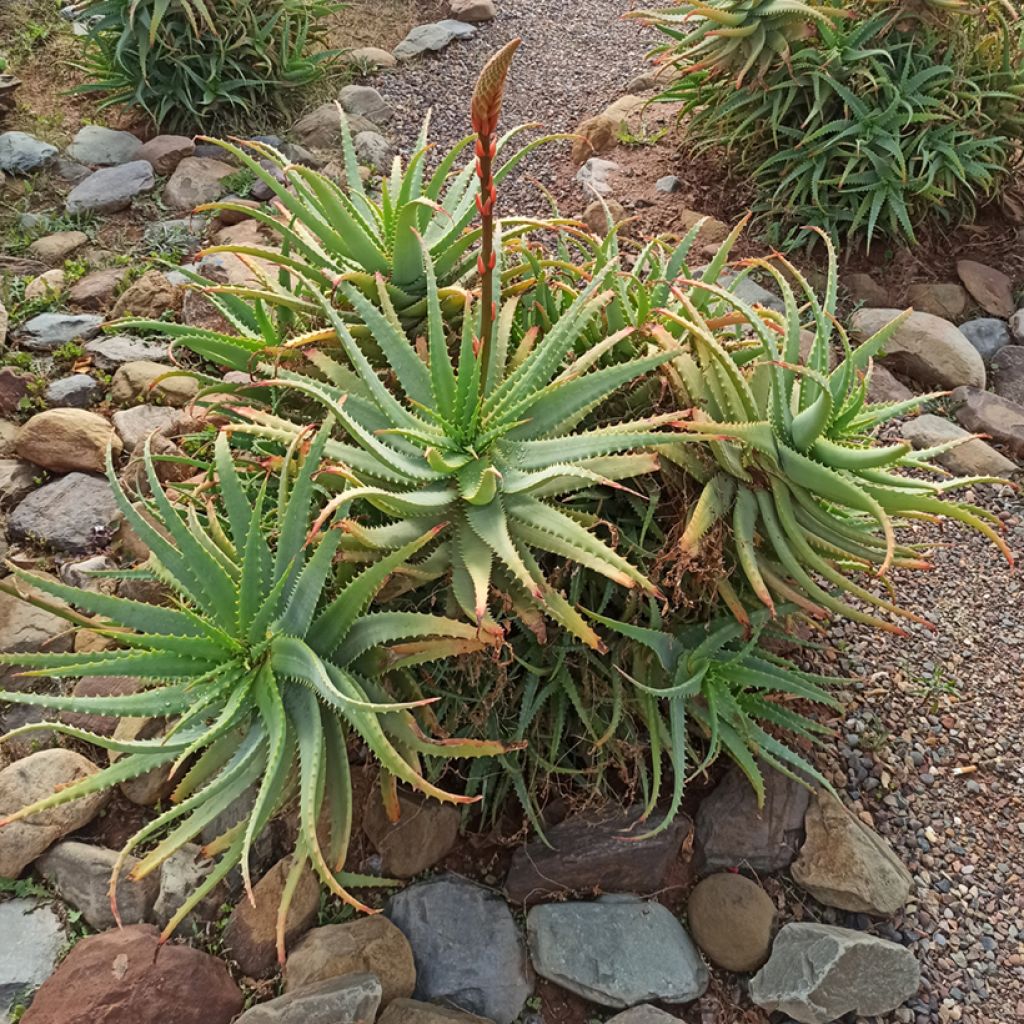

Aloe arborescens seeds
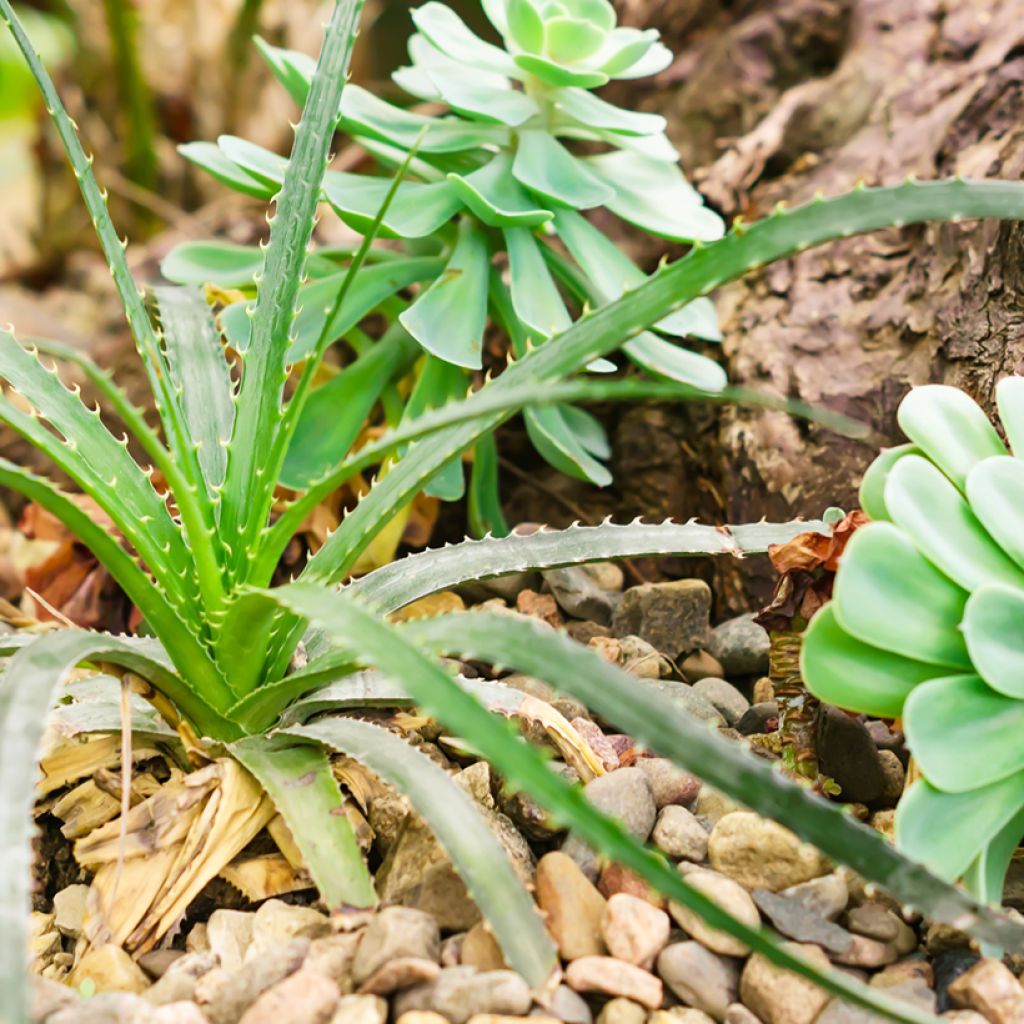

Aloe arborescens seeds
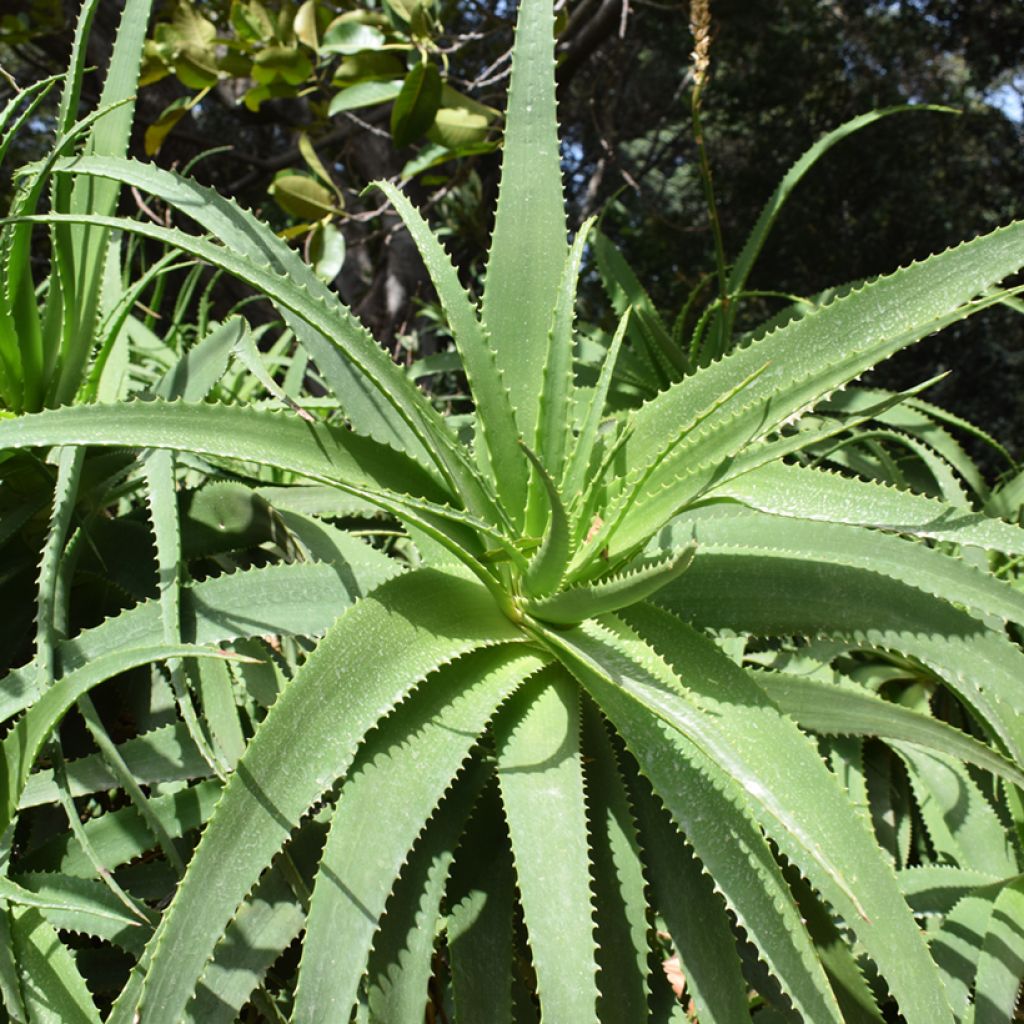

Aloe arborescens seeds
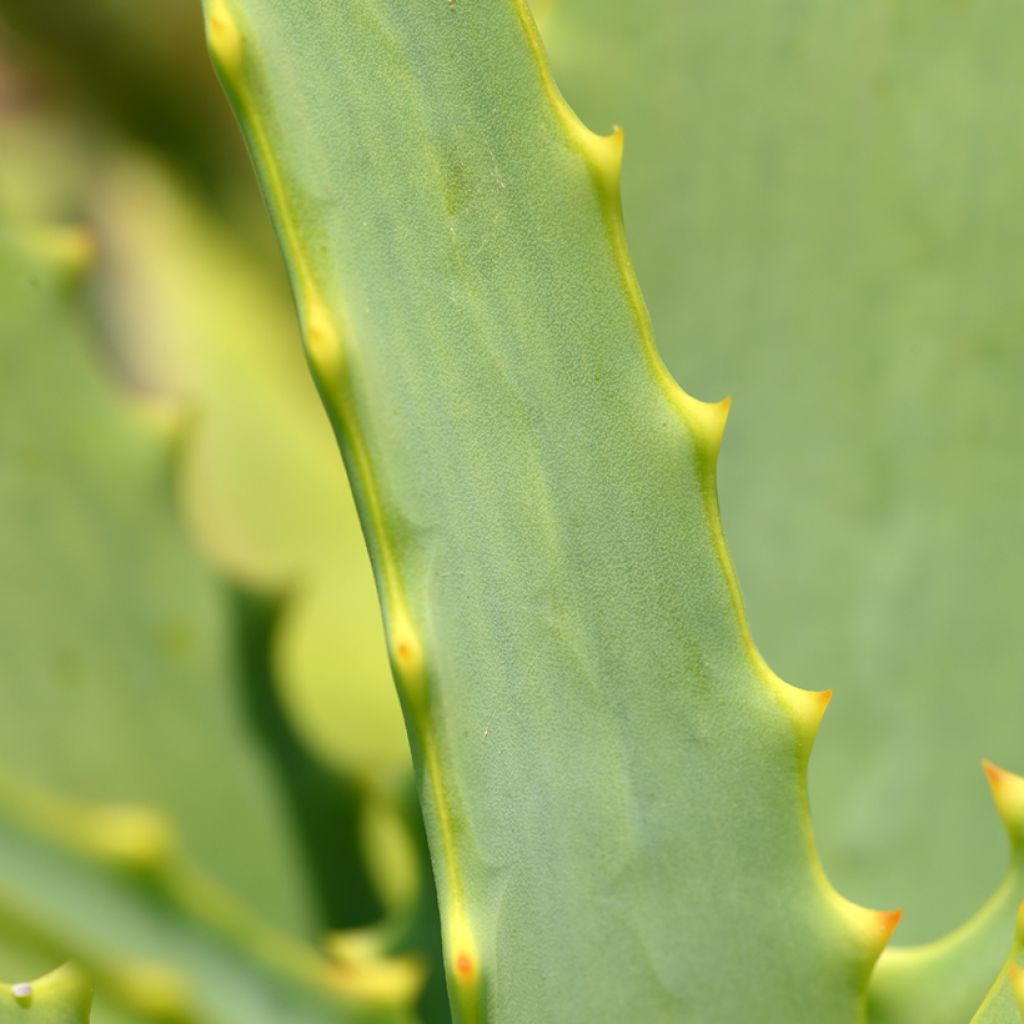

Aloe arborescens seeds
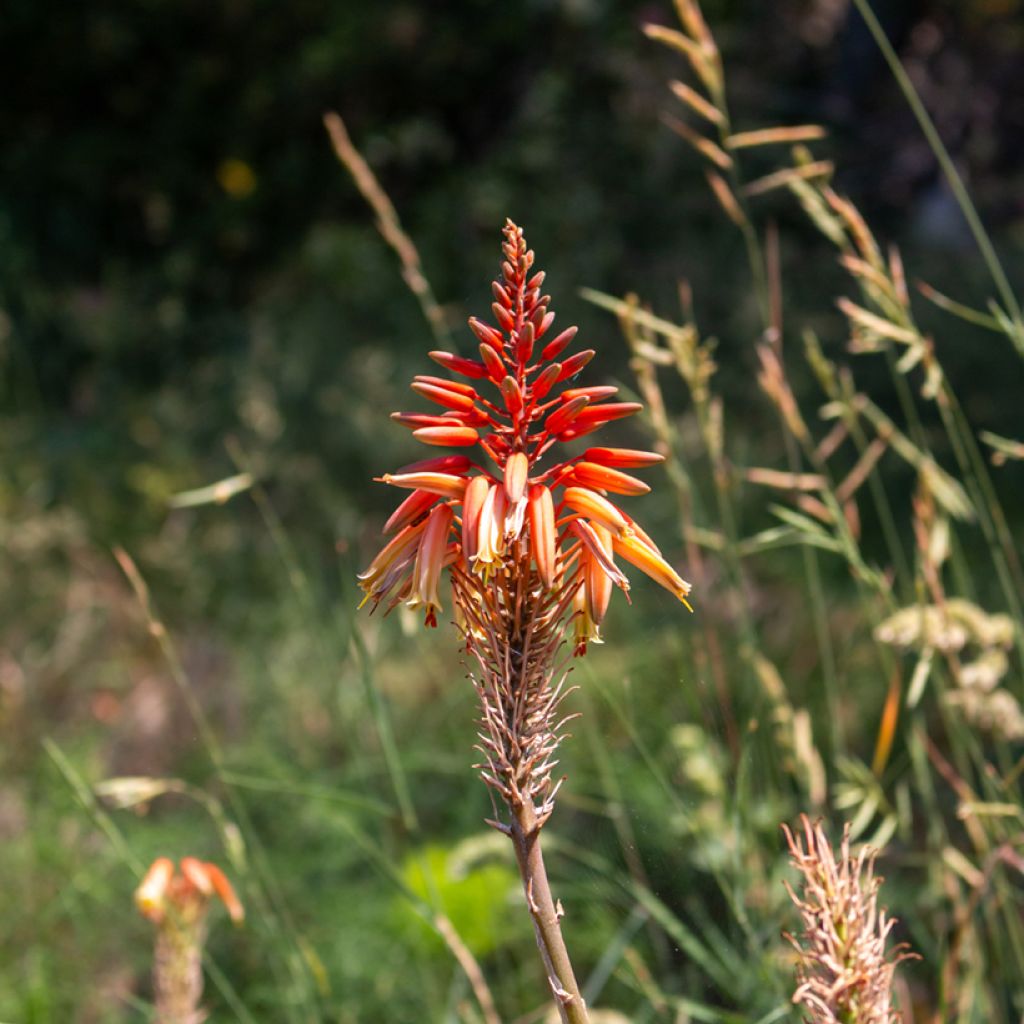

Aloe arborescens seeds
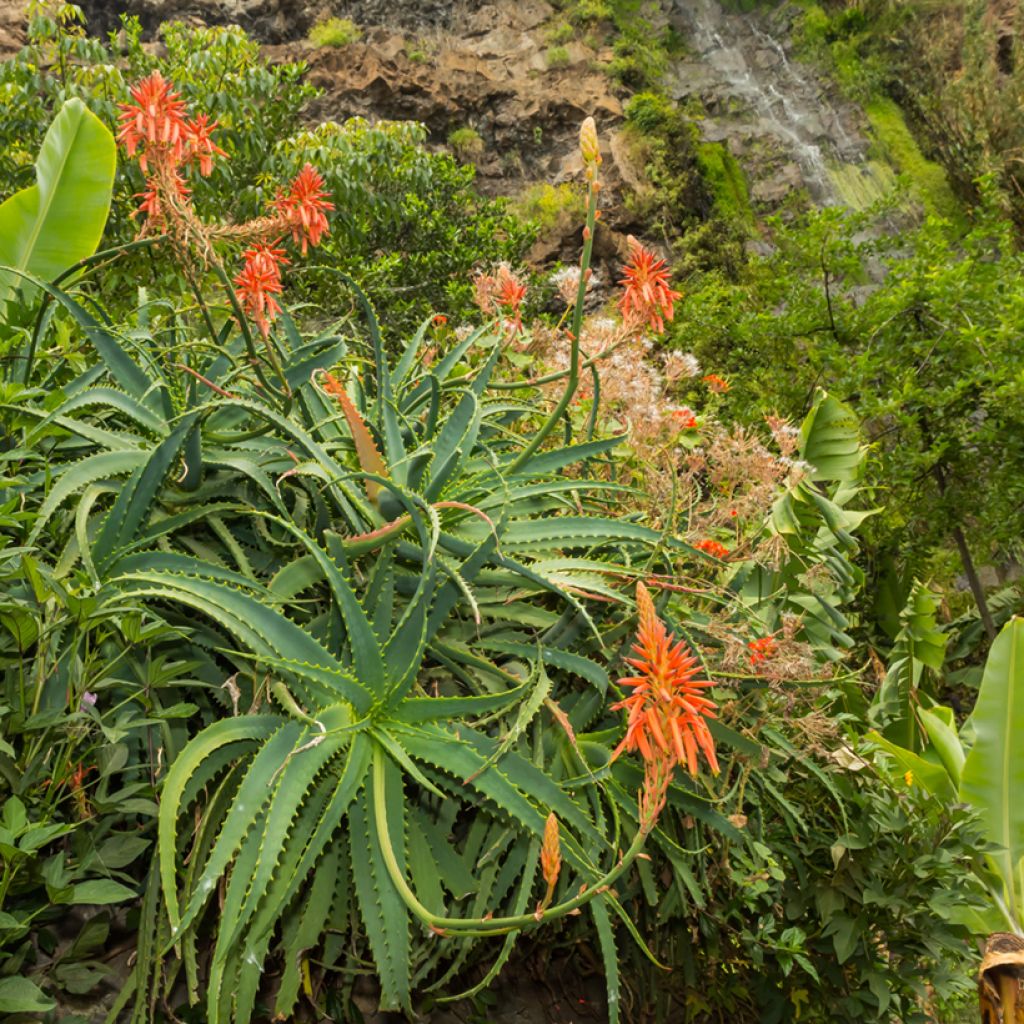

Aloe arborescens seeds
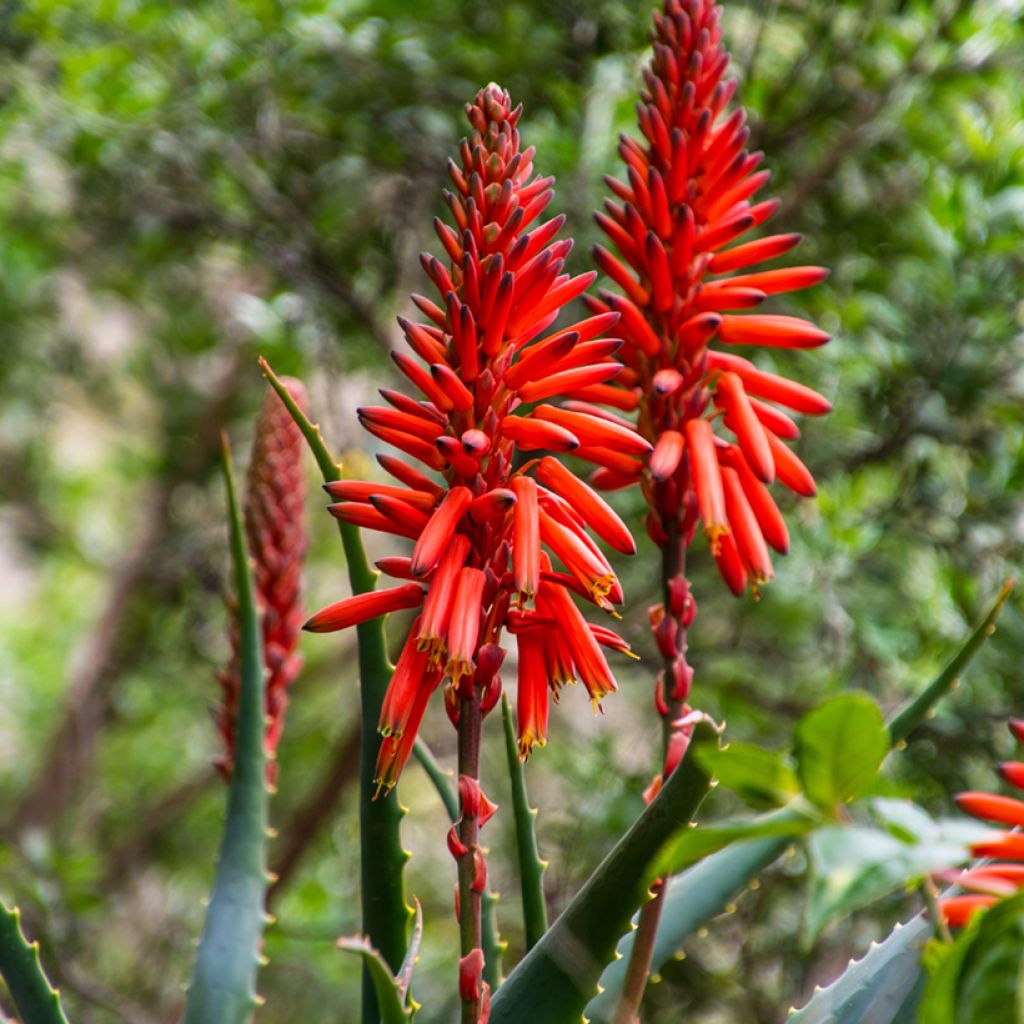

Aloe arborescens seeds
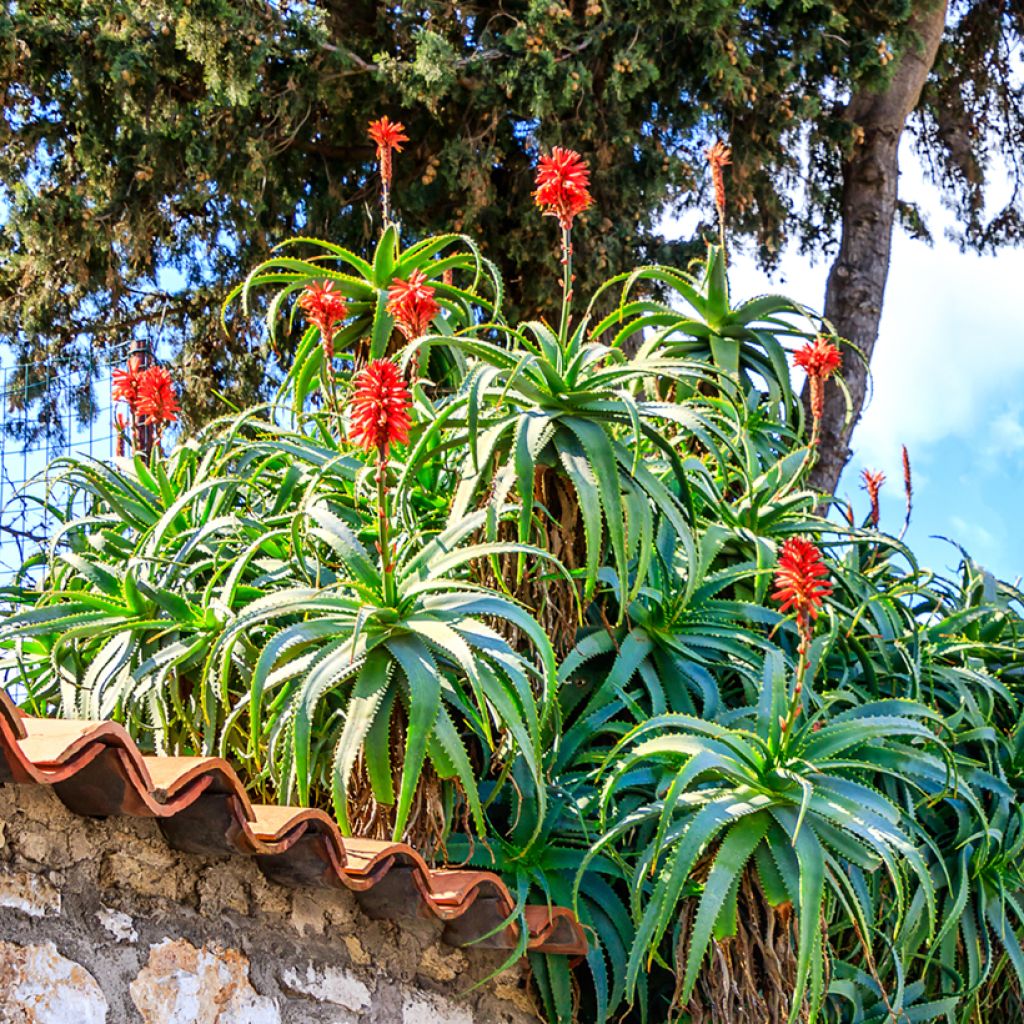

Aloe arborescens seeds
Aloe arborescens seeds
Aloe arborescens
Candelabra Aloe, Krantz Aloe, Tree Aloe
Special offer!
Receive a €20 voucher for any order over €90 (excluding delivery costs, credit notes, and plastic-free options)!
1- Add your favorite plants to your cart.
2- Once you have reached €90, confirm your order (you can even choose the delivery date!).
3- As soon as your order is shipped, you will receive an email containing your voucher code, valid for 3 months (90 days).
Your voucher is unique and can only be used once, for any order with a minimum value of €20, excluding delivery costs.
Can be combined with other current offers, non-divisible and non-refundable.
Why not try an alternative variety in stock?
View all →This plant carries a 6 months recovery warranty
More information
We guarantee the quality of our plants for a full growing cycle, and will replace at our expense any plant that fails to recover under normal climatic and planting conditions.
Does this plant fit my garden?
Set up your Plantfit profile →
Description
Aloe arborescens, also known as Candelabra Aloe or Arborescent Aloe, is a South African species renowned for its medicinal properties. It forms a large, branching bush with a unique structure, composed of a tangle of rosettes featuring long, succulent, toothed, and arched leaves. Its flowering period, beginning in late winter in Mediterranean climates, produces long, vibrant red floral spikes, occasionally yellow. Highly resistant to summer drought when planted in the ground, this frost-sensitive variety can also be grown in pots. Sow in spring or summer.
Also referred to as Catha, Hart's-Tongue, or Ram's-Horn, Aloe arborescens belongs to the Asphodelaceae family. This species originates from southeastern Africa, ranging from Botswana to Malawi, including Mozambique and Zimbabwe. In the wild, it grows on cliffs, in high-altitude meadows, open woodlands, and coastal wooded areas. It has naturalised in southern France and become invasive in Portugal. More shrubby than perennial, this aloe forms a large shrub with thick, semi-erect stems, gradually spreading across the ground. When planted in the ground, it can reach around 3m in height with a spread of 2.50m, or even more under optimal conditions. Its evergreen, 40-60cm long leaves are a matte blue-green, slightly concave, and edged with small, flexible teeth. Flowering occurs between March and May, depending on the climate, taking the form of tall, branching floral stems bearing 25-30cm spikes filled with tubular flowers highly attractive to pollinators.
Aloe arborescens produces fruit after flowering when planted in the ground in favourable climates, though this is much rarer in cultivation. Its fruits are elongated, 2-3cm long capsules, containing numerous seeds. When ripe, these capsules dry and eventually open, releasing the seeds, which are dispersed by wind. The seeds of Aloe arborescens are flat, dark brown to black, and equipped with a thin membrane aiding dispersal. They retain their seed viability for a few months, though viability decreases over time.
Suited to Mediterranean coastal regions, the arborescent aloe thrives in very well-drained soils, such as dry stone walls that protect it from excess moisture. It cannot tolerate temperatures below -4°C, limiting its cultivation in open ground. In favourable climates, it will thrive on dry slopes, rockeries, raised beds, or well-drained sloping terrain. It pairs well with other dry-soil plants like opuntias, agaves, and dasylirions.
Aloe arborescens seeds in pictures
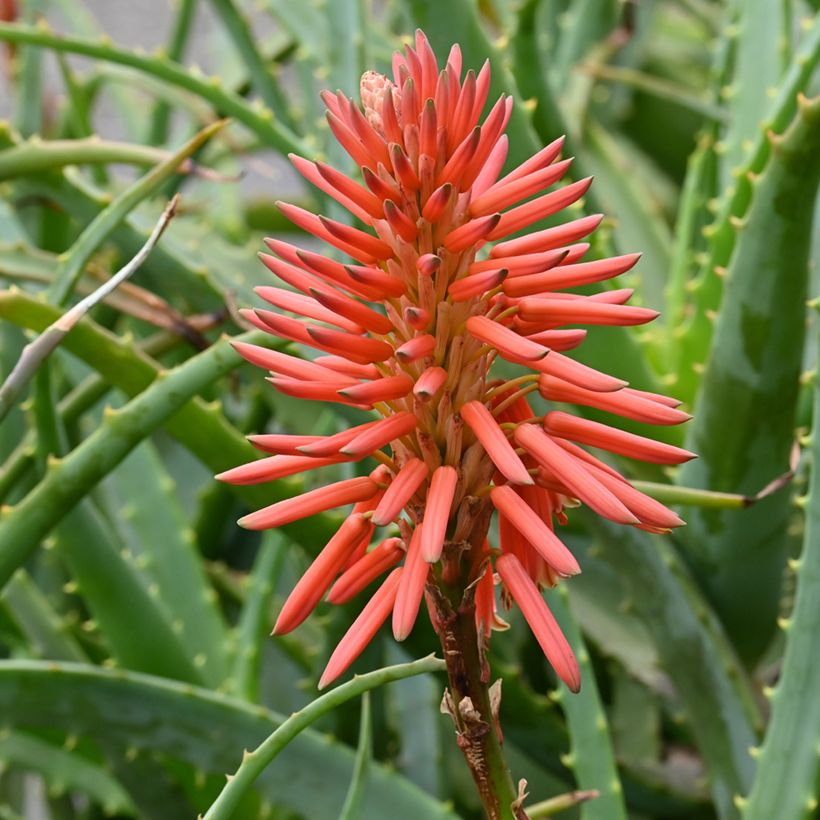

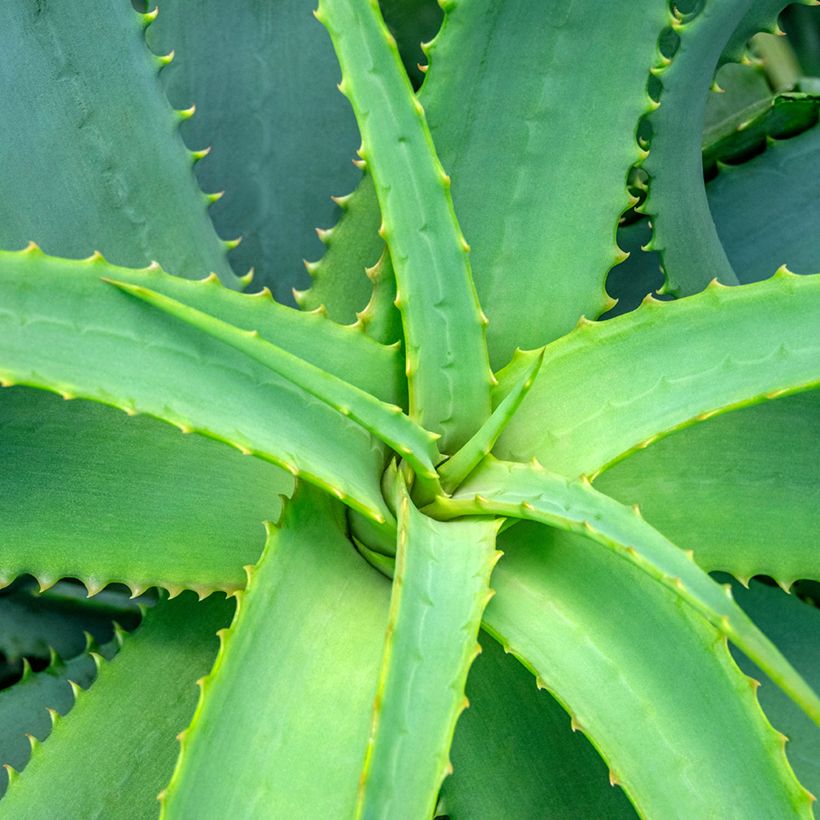



Flowering
Foliage
Plant habit
Botanical data
Aloe
arborescens
Asphodelaceae
Candelabra Aloe, Krantz Aloe, Tree Aloe
Aloe arborescens var. ucriae, Aloe natalensis, Aloe arborescens var. natalensis, Aloe arborescens var. viridifolia, Aloe arborescens var. milleri, Aloe arborescens var. pachythyrsa, Aloe arborescens var. frutescens, Aloe frutescens, Aloe ucriae
South Africa
Other Perennial flower seeds
View all →Planting and care
Aloe arborescens should be sown upon receipt, in spring or summer, when temperatures range between 20 and 25°C.
Before sowing, soak the seeds in lukewarm water for about 12 hours. Sow them on the surface of a well-draining substrate, composed of a mix of cactus compost and sand or perlite. Maintain slight moisture without excess and place in a bright environment. Germination may take two to four weeks.
When the young plants reach about 5 cm in height, transplant them into individual pots with a well-draining substrate, ideally a special cactus compost.
Potted Aloe arborescens thrives in bright conditions with a few hours of direct sunlight per day, though avoid scorching midday rays behind a south-facing window. Water moderately, approximately twice a month during the growth period (spring-summer), and reduce watering in winter. Repotting every three to four years, preferably in spring, will encourage healthy development.
In open ground, Aloe arborescens can be grown in regions with a mild climate, as it tolerates temperatures down to -4°C at the lowest, in very well-drained, ideally rocky soil, and in a sunny, sheltered spot.
Sowing period
Intended location
Planting & care advice
This item has not been reviewed yet - be the first to leave a review about it.
Similar products
Haven't found what you were looking for?
Hardiness is the lowest winter temperature a plant can endure without suffering serious damage or even dying. However, hardiness is affected by location (a sheltered area, such as a patio), protection (winter cover) and soil type (hardiness is improved by well-drained soil).

Photo Sharing Terms & Conditions
In order to encourage gardeners to interact and share their experiences, Promesse de fleurs offers various media enabling content to be uploaded onto its Site - in particular via the ‘Photo sharing’ module.
The User agrees to refrain from:
- Posting any content that is illegal, prejudicial, insulting, racist, inciteful to hatred, revisionist, contrary to public decency, that infringes on privacy or on the privacy rights of third parties, in particular the publicity rights of persons and goods, intellectual property rights, or the right to privacy.
- Submitting content on behalf of a third party;
- Impersonate the identity of a third party and/or publish any personal information about a third party;
In general, the User undertakes to refrain from any unethical behaviour.
All Content (in particular text, comments, files, images, photos, videos, creative works, etc.), which may be subject to property or intellectual property rights, image or other private rights, shall remain the property of the User, subject to the limited rights granted by the terms of the licence granted by Promesse de fleurs as stated below. Users are at liberty to publish or not to publish such Content on the Site, notably via the ‘Photo Sharing’ facility, and accept that this Content shall be made public and freely accessible, notably on the Internet.
Users further acknowledge, undertake to have ,and guarantee that they hold all necessary rights and permissions to publish such material on the Site, in particular with regard to the legislation in force pertaining to any privacy, property, intellectual property, image, or contractual rights, or rights of any other nature. By publishing such Content on the Site, Users acknowledge accepting full liability as publishers of the Content within the meaning of the law, and grant Promesse de fleurs, free of charge, an inclusive, worldwide licence for the said Content for the entire duration of its publication, including all reproduction, representation, up/downloading, displaying, performing, transmission, and storage rights.
Users also grant permission for their name to be linked to the Content and accept that this link may not always be made available.
By engaging in posting material, Users consent to their Content becoming automatically accessible on the Internet, in particular on other sites and/or blogs and/or web pages of the Promesse de fleurs site, including in particular social pages and the Promesse de fleurs catalogue.
Users may secure the removal of entrusted content free of charge by issuing a simple request via our contact form.
The flowering period indicated on our website applies to countries and regions located in USDA zone 8 (France, the United Kingdom, Ireland, the Netherlands, etc.)
It will vary according to where you live:
- In zones 9 to 10 (Italy, Spain, Greece, etc.), flowering will occur about 2 to 4 weeks earlier.
- In zones 6 to 7 (Germany, Poland, Slovenia, and lower mountainous regions), flowering will be delayed by 2 to 3 weeks.
- In zone 5 (Central Europe, Scandinavia), blooming will be delayed by 3 to 5 weeks.
In temperate climates, pruning of spring-flowering shrubs (forsythia, spireas, etc.) should be done just after flowering.
Pruning of summer-flowering shrubs (Indian Lilac, Perovskia, etc.) can be done in winter or spring.
In cold regions as well as with frost-sensitive plants, avoid pruning too early when severe frosts may still occur.
The planting period indicated on our website applies to countries and regions located in USDA zone 8 (France, United Kingdom, Ireland, Netherlands).
It will vary according to where you live:
- In Mediterranean zones (Marseille, Madrid, Milan, etc.), autumn and winter are the best planting periods.
- In continental zones (Strasbourg, Munich, Vienna, etc.), delay planting by 2 to 3 weeks in spring and bring it forward by 2 to 4 weeks in autumn.
- In mountainous regions (the Alps, Pyrenees, Carpathians, etc.), it is best to plant in late spring (May-June) or late summer (August-September).
The harvesting period indicated on our website applies to countries and regions in USDA zone 8 (France, England, Ireland, the Netherlands).
In colder areas (Scandinavia, Poland, Austria...) fruit and vegetable harvests are likely to be delayed by 3-4 weeks.
In warmer areas (Italy, Spain, Greece, etc.), harvesting will probably take place earlier, depending on weather conditions.
The sowing periods indicated on our website apply to countries and regions within USDA Zone 8 (France, UK, Ireland, Netherlands).
In colder areas (Scandinavia, Poland, Austria...), delay any outdoor sowing by 3-4 weeks, or sow under glass.
In warmer climes (Italy, Spain, Greece, etc.), bring outdoor sowing forward by a few weeks.






























